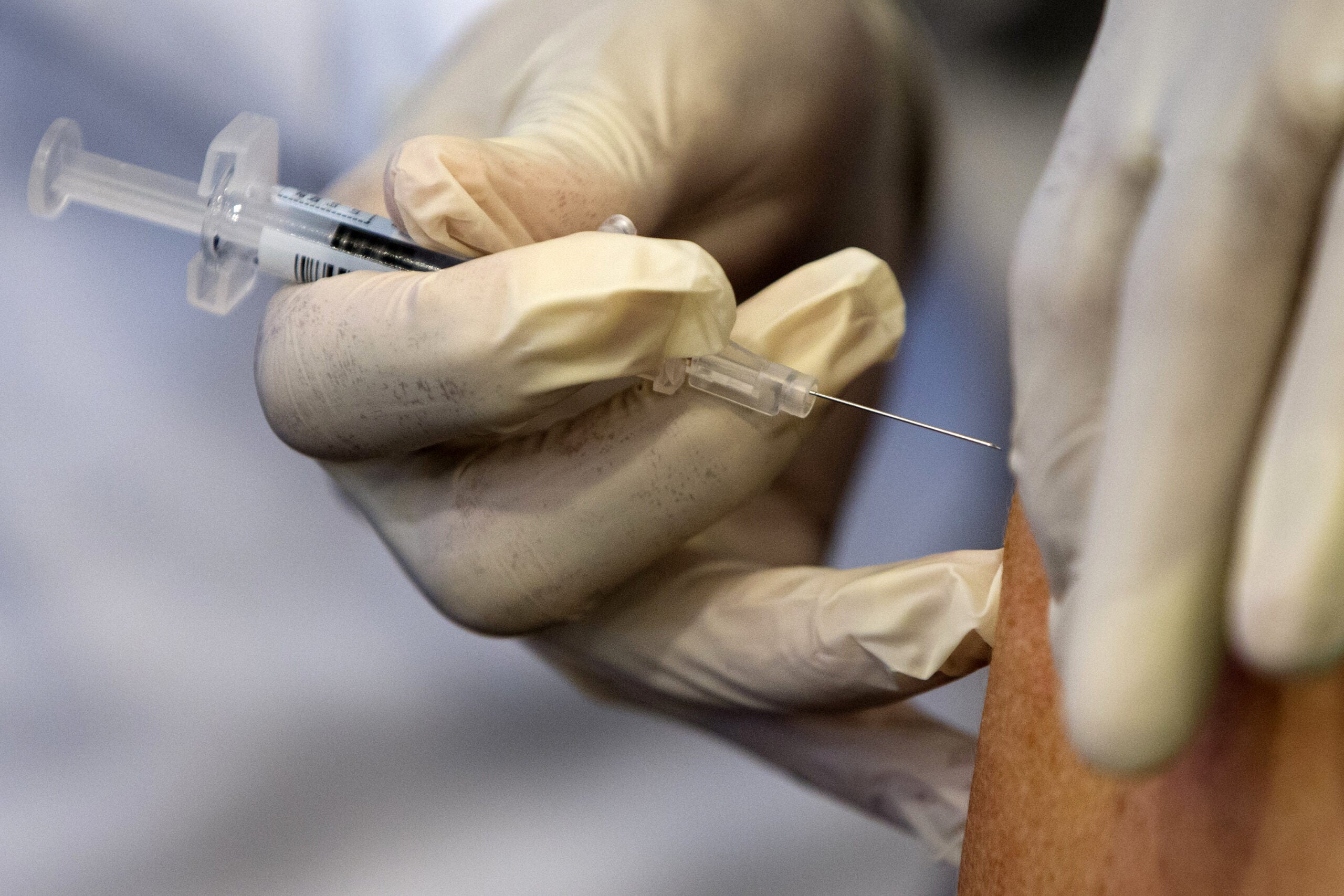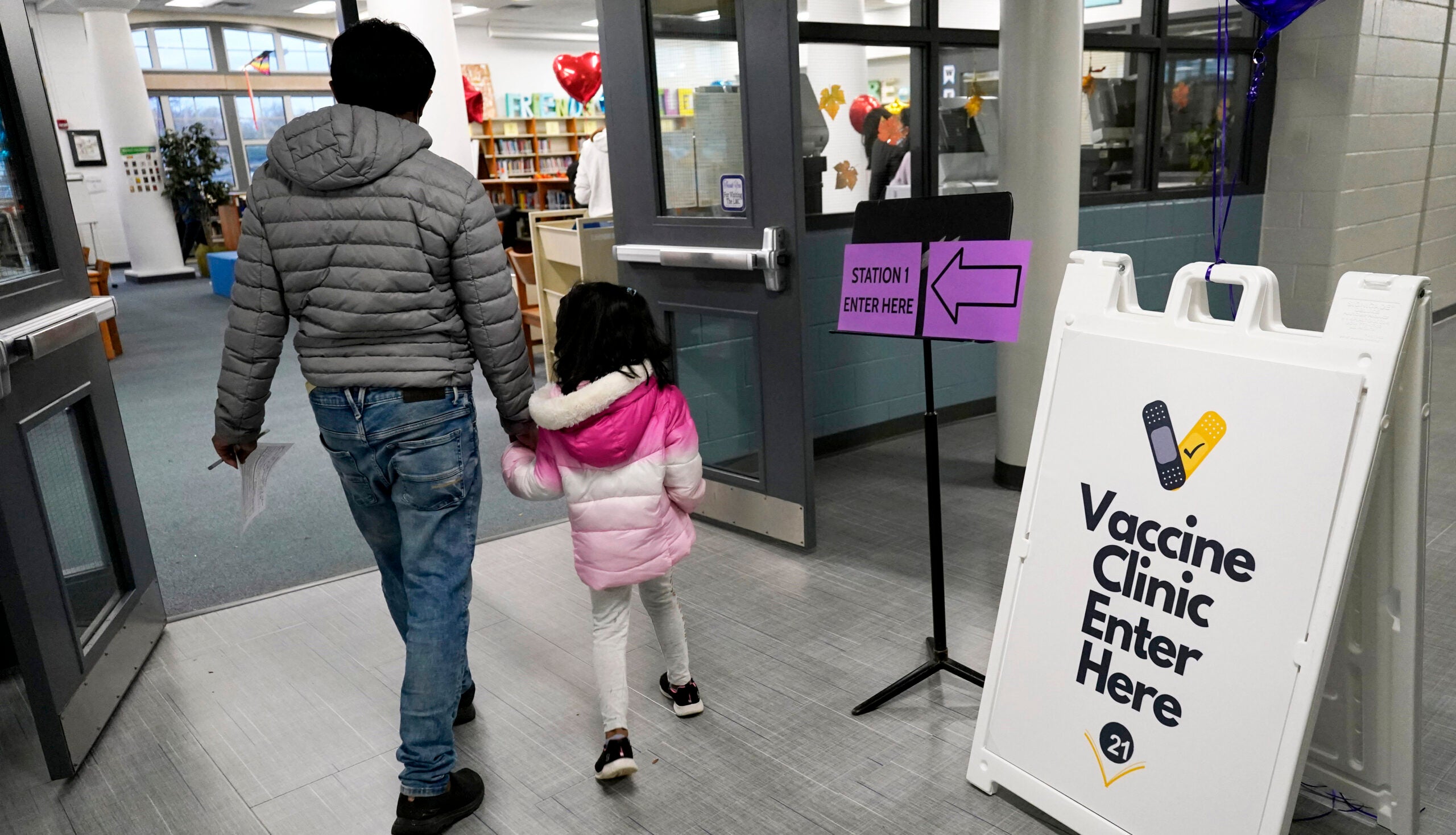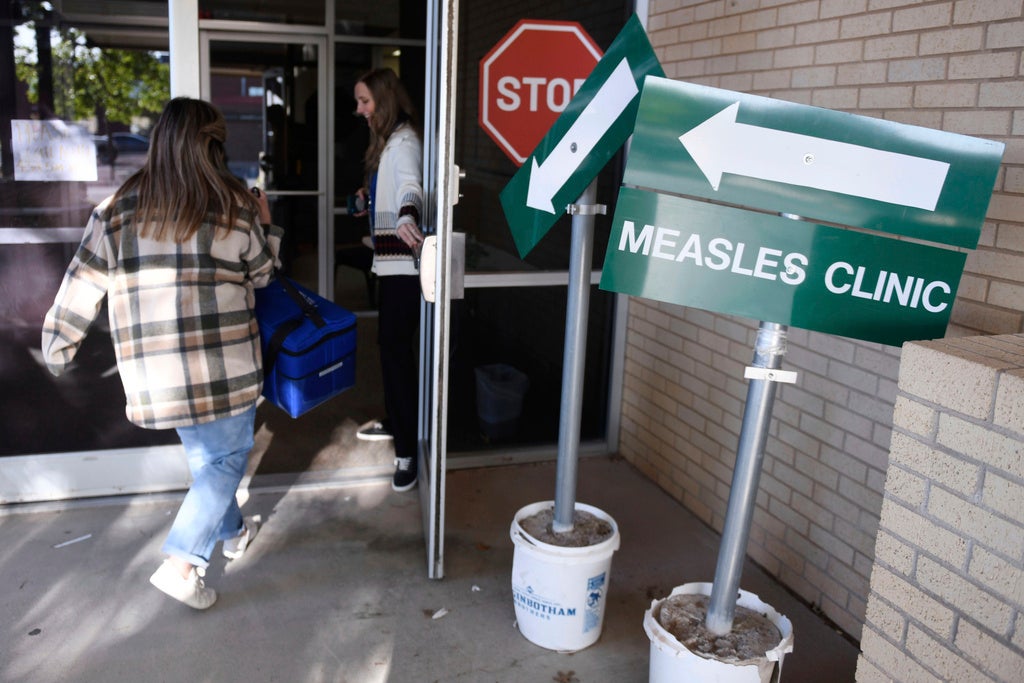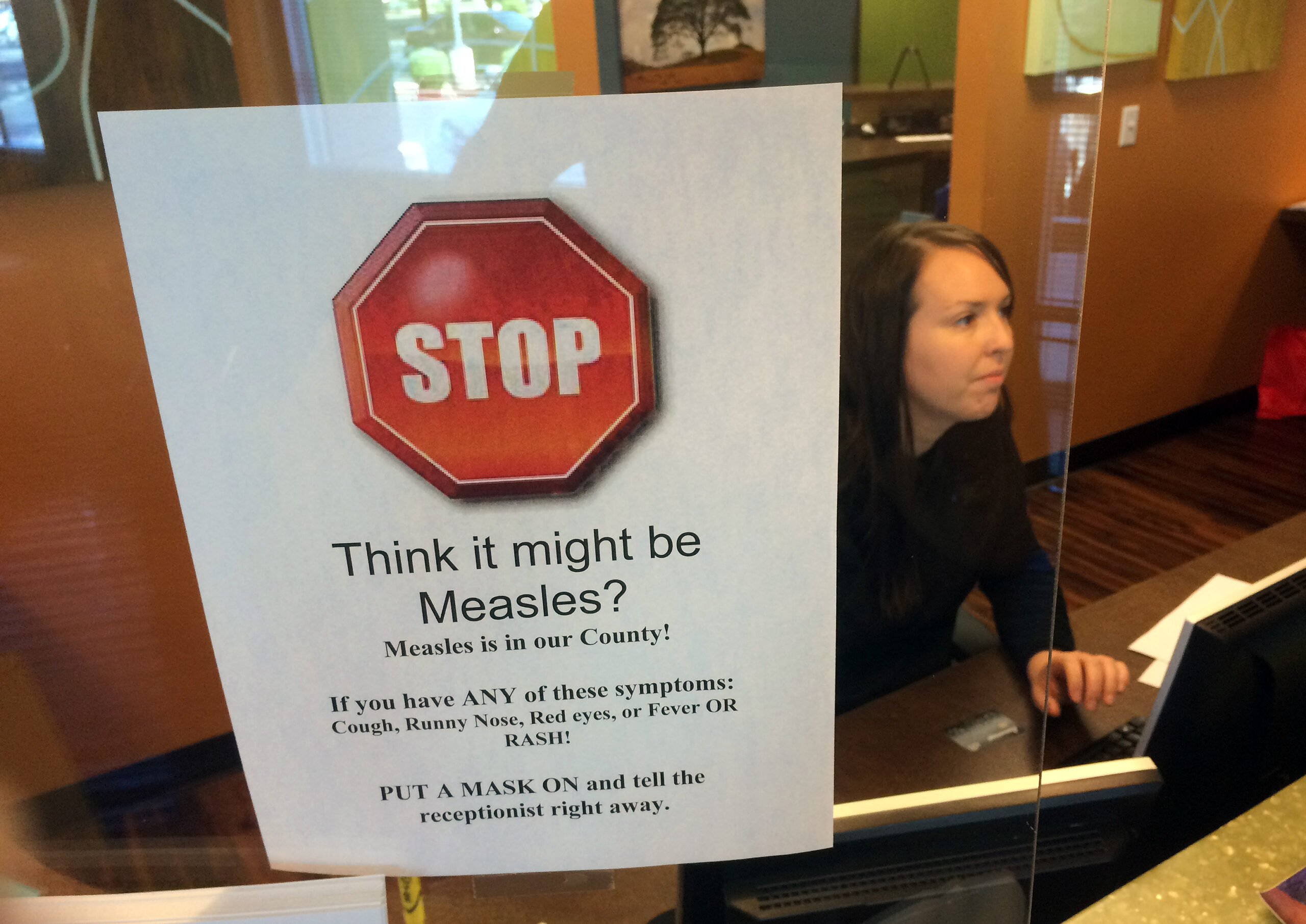About one in three people in the United States will get shingles during their lifetime, according to the U.S. Centers for Disease Control and Prevention.
It’s not deadly, but there is a painful rash that lingers for two to four weeks. The most common complication is postherpetic neuralgia, which is long-term nerve pain that lasts for months to years after the rash clears.
Dr. Laura Felley is an infectious disease physician at Emplify Health in La Crosse. She treats the most serious cases of shingles where the virus has traveled to the central nervous system, causing meningitis or encephalitis.
News with a little more humanity
WPR’s “Wisconsin Today” newsletter keeps you connected to the state you love without feeling overwhelmed. No paywall. No agenda. No corporate filter.
WPR’s “The Larry Meiller Show” recently talked about shingles with Felley. Here are the biggest takeaways from the discussion.
What is shingles, and what causes it?
The Varicella zoster virus causes shingles, Felley said. It’s a herpes virus — the same one behind chickenpox and meningitis.
After you’ve had chicken pox, the virus takes root in your nerves. There, it can stay dormant for decades until a change or stress to your immune system awakens the virus.
“When the virus wakes back up, it travels down along the nerve root to the skin,” Felley said. “And that’s where it causes that really characteristic, painful rash.”
What are the first signs of shingles?
There are a few warning signs of shingles before the rash appears on the skin. You might experience prodromal pain, Felley said. That’s pain or tingling under the skin where the rash will eventually develop, typically in stripes on one side of the body.
Additionally, the CDC website says you might also run a fever.
Felley said it’s important to get to the doctor as soon as you notice the beginning of the painful rash. Taking prescribed oral antivirals within 72 hours of the rash’s appearance might clear the rash quicker and reduce the amount of pain you experience.
“Being vigilant and not being shy about talking to your doctor, [that] things just aren’t feeling right is really the way to go,” Felley said.
How does the shingles vaccine work?
Essentially, the shingles vaccine bolsters your immune system’s response to the virus. The CDC says the Shingrix formulation is 90 percent effective at preventing shingles and postherpetic neuralgia in adults ages 50 and older with healthy immune systems.
Felley recommended getting the vaccine after age 50 because you lose your immunity to the initial chicken pox infection you suffered as a child. If you have a weakened immune system, you might get the vaccine earlier than 50.
The vaccine is a series of two shots, Felley said. Get the second dose within two to six months of receiving the first. You only need to get it once — it’s not needed annually like the flu shot.
The shot might cause irritation or swelling at the injection site. Felley said up to 10 percent of people experience systemic reactions like muscle pain, fatigue or a headache.
“I view it as just a very small investment of your time overall to prevent some real misery later on,” Felley said.
And the shingles vaccine could help prevent dementia. A study out of Wales shows that people who received an older formulation of the vaccine were 20 percent less likely to develop dementia over time than those who were unvaccinated.
If you’ve recently had shingles, Felley said most doctors will wait for a year before giving you the vaccine.
What about taking care of the rash?
Keep the rash clean, covered and don’t let anyone touch it, Felley said. The open sores provide a way for the virus to spread to others.
The rash will crust over in seven to 10 days.
“It can take a little while for the scabs to fall off after that,” Felley said. “Do not pick at them. Just leave them be. They will fall off on their own, even if they’re itchy.”






